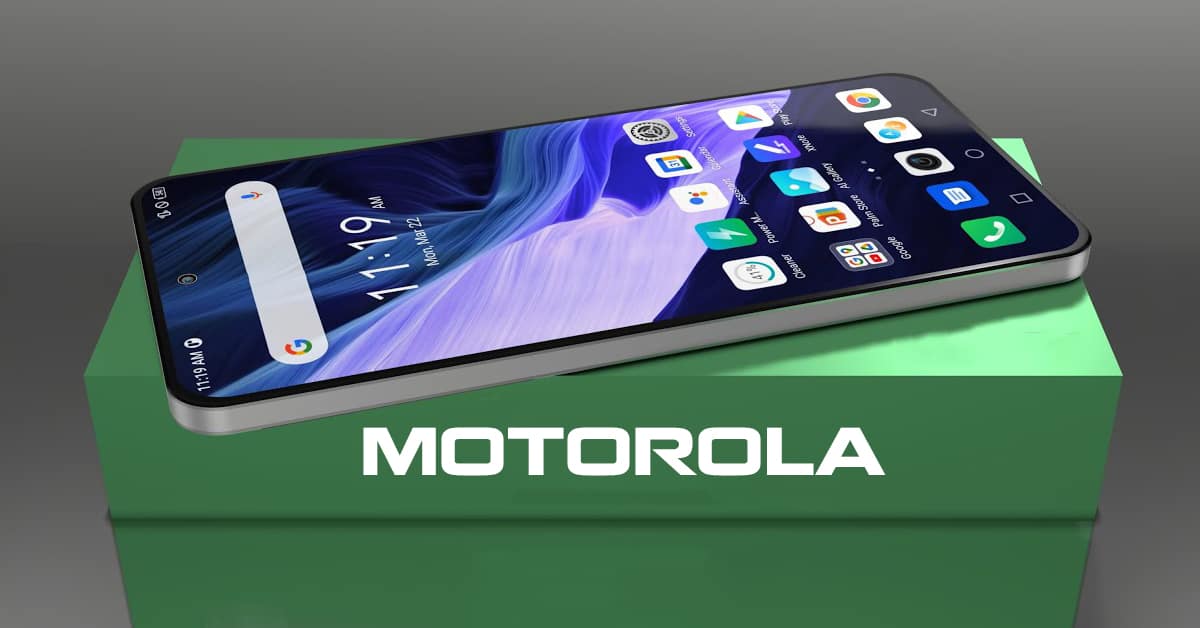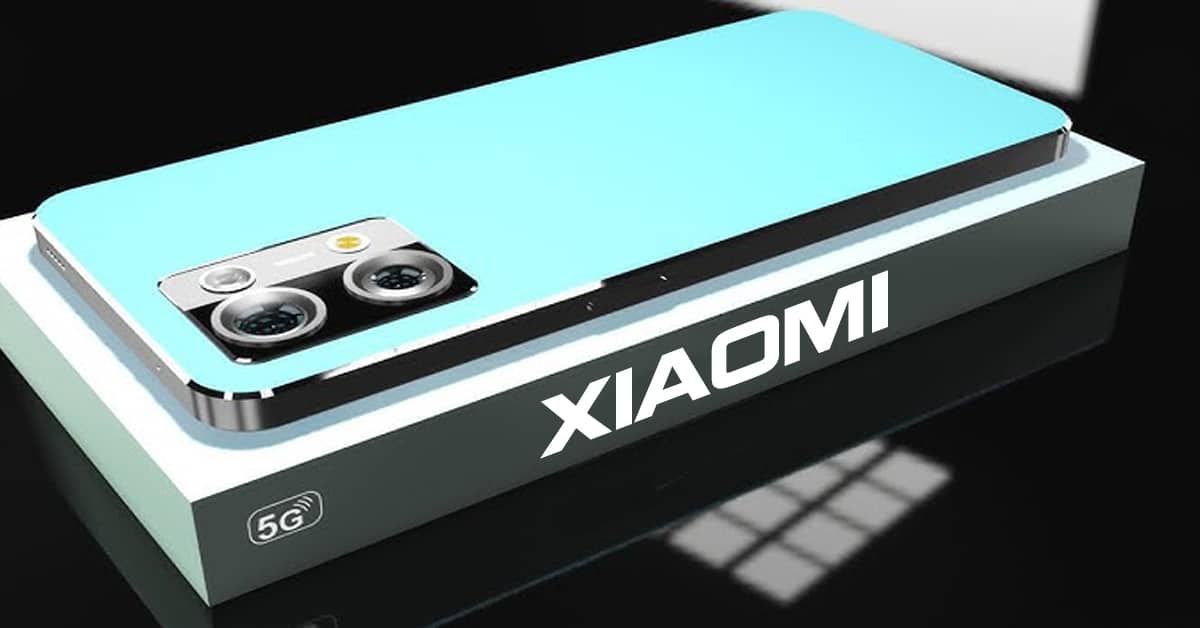OLED and AMOLED: What are the differences?
OLED is a popular screen technology in television and mobile market. However, on Samsung and some other smartphone brands, there is the AMOLED screen. So, what are the differences between OLED and AMOLED?

OLED and AMOLED: The differences
Generally, OLED and AMOLED are two popular screen technology at the present. OLED exists in both television and mobile market while AMOLED is famous in smartphone market (Samsung, Xiaomi, Asus, etc). It is easy to mistake between these two. However, there are some main differences.
To start with, OLED stands for Organic Light Emitting Diode. It contains an organic material that creates light when electricity passes through it. This screen technology has the advantage in presenting black colors. Additionally, OLED screens have wide-angle view and huge contrast ratio, which is better in displaying images. Meanwhile, AMOLED stands for Active-matrix Organic light emitting diode. So, AMOLED is different from OLED with the “active-matrix”. To be simple, AMOLED is an upgraded version of OLED.

One of the upgraded features of AMOLED is the TFTs. TFTs is short of thin-film transistors, which is used in activating the “active-matrix”. That helps the AMOLED screen control the pixels better. This feature is necessary for high-quality products, especially those devices with big size screen. So, the AMOLED screen has an advantage over OLED in large screen devices, in terms of display.
OLED and AMOLED: The choices for the future
In the end, OLED and AMOLED screen are not too different. However, AMOLED technology is still a step forward from OLED, since it is better in display on large screens. Both of them are high-quality screen types which have wide-angle and big contrast ratio. That’s why they are becoming more popular in television and mobile market. However, the production cost is one of the limitations of OLED and AMOLED. Now, manufacturers are making efforts to reduce cost, so we can expect that they will be cheaper in the future.






